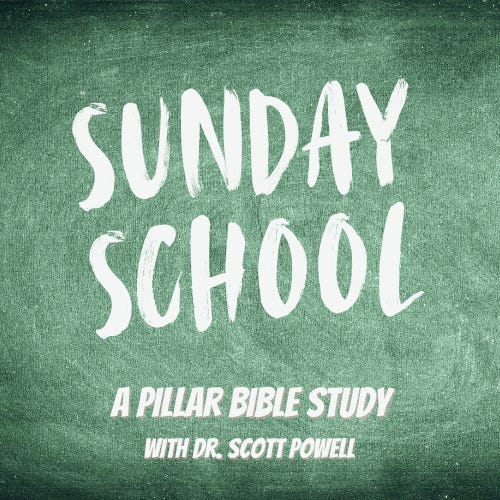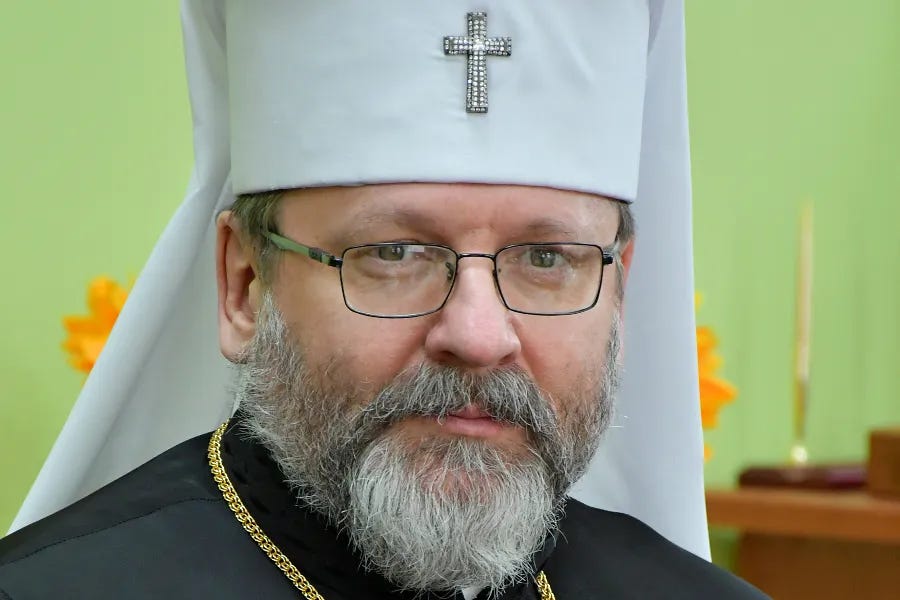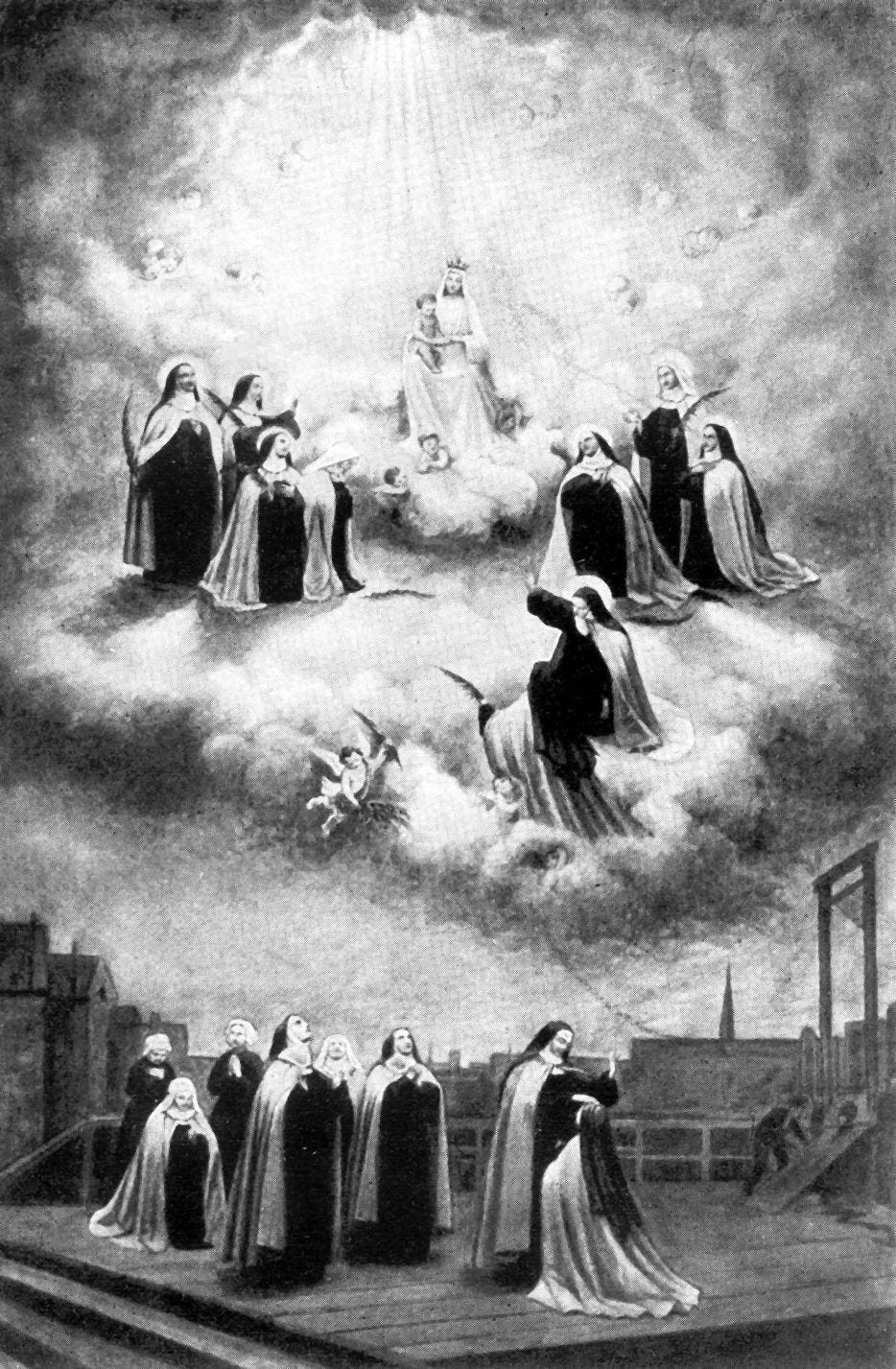Since he announced the Church’s synod on synodality, Pope Francis has said that he wants the process to be an “ecclesial” event: a common, prayerful discernment of the role of prayerful discernment in the life of the Church.
But in the U.S, at least, many Catholics are anxious about the synod, its agenda, and its outcomes.
To address that, the Holy See has announced that next month’s meeting in Rome will be essentially a closed-door event. Media will have limited access to the synod and its participants, and the entire assembly might find itself bound to the pontifical secret.
But the Vatican’s efforts to tamp down a polarized “synod-by-media” have the potential to amplify anxiety outside the synodal hall. And it could be that if Pope Francis wants to inspire confidence in his legacy project, a commitment to radical transparency would do a better job than a Vatican-ordered clampdown.
—
The modern synod of bishops occupies an unusual place in the life of the Church.
Synods are consultative gatherings, meant to bring bishops to Rome to give the pope advice on topics of importance in the life of the Church — they usually precede exhortations published by the pope, which aim to give guidance on topics like “the family,” “the priesthood,” or “praying with Scripture.”
Synods do not make laws, or policy, or doctrine — they give the pope advice, and sometimes he listens to that advice. Sometimes — as in the case of the 2019 special synod on the Amazon region — the pope hears that advice, and does not take up all the recommendations offered by the advisers gathered in Rome.
The 2023 synod of bishops is unusual because it involves a broad cadre of advisers — with participants extending well beyond the episcopal class — and because it has been preceded by several years of consultative iterations, in parishes, in dioceses, at the national and continental levels.
All of that consultation is aimed at giving the pope advice on consultation itself — on the question of how the Church can better embrace a mode of discernment and leadership that invites more Catholics into discernment of God’s will for the Church.
But while the foundational engagement is broader than usual, and there are more participants, the nature of this synod remains the same: it is a gathering for giving the pope advice, which he may or may not heed, before he gives the Church some pastoral reflections on the topic at hand.
All of that sounds relatively non-controversial.
But in the Francis pontificate, synods have taken on a great deal of importance in the life of the Church, and are often portrayed by Catholic and secular media as high-stakes affairs, which have great potential to reshape the Church’s pastoral and even theological landscape.
Some of that is overwrought. On the other hand, to many observers, it seems that Francis himself has helped to encourage that environment.
The pontiff, in stressing that no topic is off the table, has helped to set expectations high for synods, with even cardinals of the Church arguing that Francis-led synods might discuss significant changes even to the Church’s doctrine.
And some observers argue that Francis has boosted the stakes of synods by using a post-synodal exhortation, Amoris laetitia, to suggest real — and controversial — changes to the Church’s sacramental discipline. Of course, Pope St. John Paul II used a post-synodal apostolic exhortation of his own, Familiaris consortio, to advance a new framework for assessing the question of sacramental discipline for divorced and remarried Catholics.
Many theologians argue that there are substantive and critical differences between those changes — but that’s a different debate. They both use the occasion of a synod to advance a new way of considering a longstanding moral and theological question.
But despite that particular modal continuity, it is obvious that synods have gained more perceived importance in the Francis pontificate for many Catholics, in part because of widespread anxiety in the West about Francis’ own theological commitments, and the pervasive questions, for some, about how the pope might interpret the Second Vatican Council, or about how he might judge doctrine to develop.
While the pope doesn’t need a synod to do any particular thing, synodal fathers have come to regard their recommendations as having more weight than they did in other pontificates, and Catholics have become closer observers of synodal processes.
—
The long lead time for the synod on synodality has boosted all of those concerns.
So too have perceived and admitted flaws and biases in local consultative processes.
So have efforts made to include doctrinal debates over women’s ordination or moral reasoning into a conversation that’s supposed to be about prayer, consultation, and inclusive discernment.
Additionally, the rhetoric used by some synod organizers and participants — framing consultative exercises as the sensus fidelium — has amplified anxiety among many Catholics about how some participants of the synod will attempt to define the meaning of their own work advising the pope. (Despite the more restrictive claims of some leading synod organizers.)
Furthermore, the synod’s participants include cardinals who claim the meeting could discuss doctrinal change, and at least one cardinal who has warned ominously about the prospects of the gathering.
There are invited as participants advocates for various kinds of doctrinal changes. There are invited figures who represent various factions — and ideologies — in the life of the Church.
TL;DR? A lot of Catholics are anxious about the synod on synodality, for a lot of reasons: Anxious about how things will proceed, anxious about what topics will be discussed, anxious about what the pope will do after it ends in October 2024.
—
Pope Francis does not seem unaware of those anxieties. He has aimed to tamp them down — in large part by emphasizing the religious nature of the gathering, and the limited scope of its agenda.
The Holy See announced last week that October’s synod on synodality meeting will be conducted with limited media access — that reporters will not be invited to observe the proceedings, and will instead receive daily briefings from the Vatican press office.
And the Holy See Press Office has said, attempts to contact synodal participants for comments or interviews need to be run only through them.
On Wednesday, the Catholic magazine La Croix reported than an additional measure of secrecy could be placed on the deliberations — that Pope Francis and synod organizers are reportedly considering whether to place the synod on synodality’s sessions under the pontifical secret, binding the participants to confidentiality under the pain of sin.
The Vatican says that efforts at confidentiality are designed to ensure a long-standing stated aim of Pope Francis, that the synod — likely his capstone project as pope — not devolve into something like a parliamentary debate, with partisan agendas squaring off in the synodal assembly and in the media.
The pope has said consistently that he wants the synod to be an “ecclesial” event — a moment of prayer in the life of the Church, with genuine discernment of the will of God for the Church’s life.
But the pope is not the only person with expectations for the synod, and there are many Catholics — both among invited participants and among the commentariat — who have an agenda for the meeting, and for how they’ll spin it.
Whatever happens inside the synod hall, there will be plenty of voices eager to frame the synod in the media as an opportunity to see their agendas advance — and to paint any objections as unsynodal, anti-Francis, or contrary to the Holy Spirit.
It seems unlikely that those parties will come to Rome, spend a month praying and talking, and ignore the opportunities presented by willing reporters’ microphones outside the synod hall. The pontifical secret is unlikely to be much of a deterrent for many of those voices.
Participants who have styled themselves as semi-officials representatives of the pope and his agenda, will present recaps of the meeting to friendly media sources, claiming that their interpretations are objective accountings of the deliberations.
Meanwhile, outside the synod hall, provocateurs will inflame the suspicions of skeptics, while apologists make grandiose claims about the theological meaning of a consultative meeting.
There will soon be competing voices aiming to interpret and frame the synod with outsized rhetoric— some arguing it is the work of the devil, and some claiming that the meeting has sung a new Church into being, so to speak.
Meanwhile, the most moderate and sober voices in the synod hall are also the most likely to be respectful of the pontifical secret — and thus, if they are bound by official confidentiality, they will find themselves unable to correct the record, or to present balanced, nuanced, and thoughtful reflections on what is happening in the synodal meetings.
Those most capable of lending the process credibility will be the ones least likely to open their mouths.
—
It seems likely the pope actually does believe that his meeting can be a summit of prayer, a moment of conversion. The pope has facilitated and encouraged such moments before — much like the 2019 papally-ordered prayer meeting of U.S. bishops, in the face of the sexual abuse crisis.
The meeting could also become a template for fruitful and meaningful dialogue among Catholics who radically disagree with each other. Such an occasion could bear tremendous fruit for the Church.
Further, the Catholic faith requires believers to hold that if two or more are gathered in the synod hall, in the name of Jesus, the Lord will be there.
But if participants are bound to keep it secret, and outside observers have no chance of observation, the peaceful presence of Christ at the synod might well go unknown, unappreciated, and unheard in the Church’s life— no matter what “ecclesial experience” the selected participants actually have.
Pope Francis, the Church’s living symbol of unity, does not likely wish for his capstone papal project to be remembered in the annals of history as a moment of chaos.
But however well-intentioned his current communication plan is, it could well be a blueprint for that chaos. Which is why it is worth asking whether Holy See would be better served by a plan of an all-access synod — in which a broad spectrum of journalists and observers are accredited to take in the meeting — the pope’s magnum opus — and to have unfettered, forward-facing, real conversations with participants.
In short, should the synod on synodality “enlarge the space of its tent” to include room for the whole Church to see what happens?
If the meeting is what the pope says it will be, that kind of transparency would likely overcome efforts to derail it, recast it, or misrepresent it in the media. And if the synod on synodality doesn’t actually work as planned, it seems a synodal Church would likely want to face that head-on as well.







